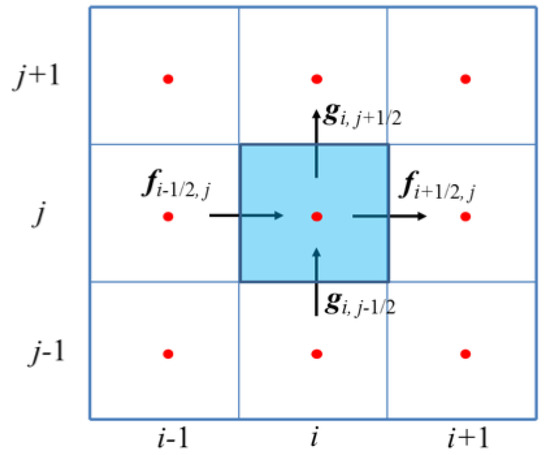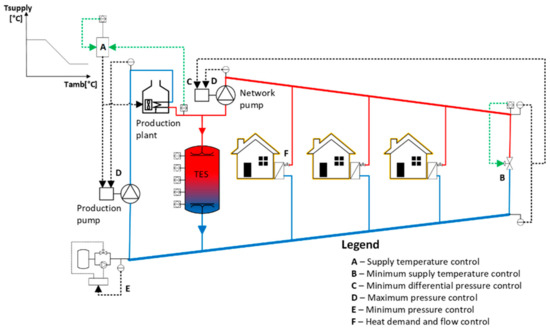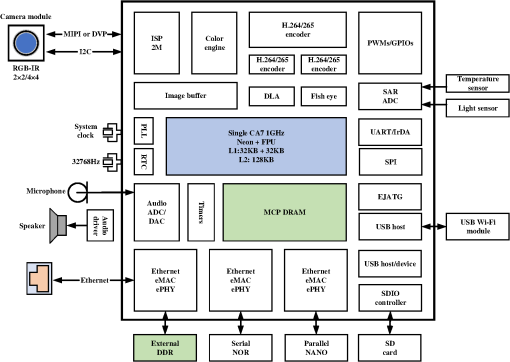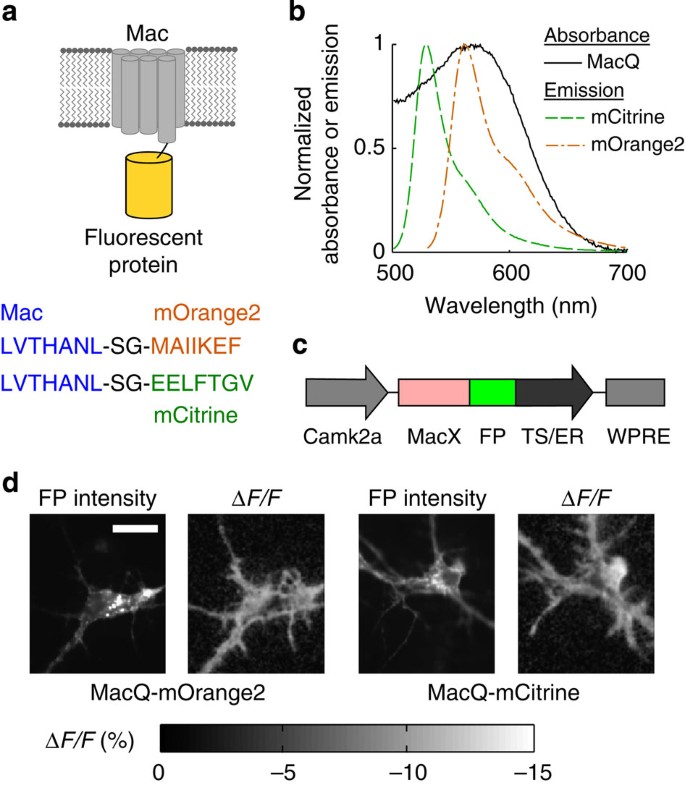On this page there is a set of ICC profiles, also knows as ICM profiles. These have been created from the data on Bruce Lindbloom's site, as well as information from Adobe, using the little cms toolkit.
- 2.2 Linear And Nonlinear Relationsmr. Mac's Page Examples
- 2.2 Linear And Nonlinear Relationsmr. Mac's Page Example
- 2.2 Linear And Nonlinear Relationsmr. Mac's Page Key
If you are working with nonlinear images—such as sRGB—consider converting them to a linear color space by applying a reciprocal gamma (such as 1/2.2), performing the operation, and converting them back to their original domain by applying the original gamma (such as 2.2). Nonlinear Relationships Page 3. Polynomial models can estimate such relationships. A polynomial model can be appropriate if it is thought that the slope of the effect of Xi on E(Y) changes sign as Xi increases. Historically, linear programming is a relatively modern field ( 60+ years old) of mathematics and computer science, dating from near the end of World War II (approximately 1945). Nonlinear Inductor Aug-21-19 21:26:06 I have modeled a nonlinear inductor as a piece wise linear inductor, but when i simulate it by trapezoidal solver, it stops but using the DASSL, it is OK.
Profiles tell you system how to display colors - they contain three key pieces of information:
- An exact definition of what the gamut of the color space is - in simple terms, what exact shade of red the R component is, the G component, etc
- A white point - these are often specified as a 'D number', one of the CIE standard illuminants e.g., D65 (6500K, overcast daylight) or D55(5500K, warm daylight)
- A Gamma curve - the way that we see light is non-linear, and many color systems mimic this
You can use these profiles in a number of ways:
- If you have a raw developer program, such as Capture One, that directly supports ICC profiles, you can load and use these directly. So, for example, if under Capture One you wanted the screen readouts to be in WideGamut, you would just load WideGamut.icc as the output profile.
- You can also convert color on the Mac by using the ColorSync utility's calculator; just select the appropriate profile in the calculator screen.
The profiles are in a single ZIP file, ICCProfiles.zip.
The root of the Zip file has the following profiles:
AppleRGB.icc
CIERGB.icc
MelissaRGB.icc
ProPhoto.icc
WideGamut.icc
The MelissaRGB profile deserves some explanation. Melissa RGB is not an 'official' color space, but is the combination of the ProPhoto color space, with an sRGB gamma curve. It's important because Melissa RGB is what Lightroom uses for its readouts. Specifically, the RGB values you get as Lightroom readouts are in this space. Note that the Melissa RGB profile I'm providing here has the real sRGB gamma curve. The sRGB gamma is close to a 2.2 gamma, but is linear at low values. So, if you take a readout of the darkest patch of the GretagMacBeth chart, there is is about a 1.5% difference between the reading using ProPhoto at a 2.2 gamma and a true Melissa RGB profile.
I also provide some alternate profiles in the 'Alternate' directory of the ZIP. This includes a 'ProPhoto gamma 2.2' file, for those that want to compare to the Melissa RGB version. These are all either at different to normal gammas, or different to normal white points:
MelissaRGBD65.icc
ProPhoto22.icc

ProPhoto22D65.icc
ProPhotoD65.icc

sRGB Gamma22.icc
2.2 Linear And Nonlinear Relationsmr. Mac's Page Examples
WideGamutD65.icc

The file names should make the differences clear.

In order to install these profiles, you need to do the following:
- On Windows systems, either just double click, or copy to the WINDOWSsystem32spooldriverscolor directory
- On Macs, copy to the /Users/Library/ColorSync/Profiles folder, or if you want them to have them available to all users and you are an administrator, to the /Library/ColorSync/Profiles folder
Topics
Represent data using multiple representations, recognize and use linear and non linear (inverse variation) models, use residual analysis, use scatter plots, two way tables, correlation coefficients, and standard deviation

Overview of Changes
Significant changes The CCSS standards for statistics are addressed in this unit.
Description of Changes
The first three investigations of this unit have changed very little from the preceding edition. A few changes involve problem context and giving more attention to residual analysis as a technique for measuring the goodness-of-fit of a function model to given data. There is some additional coverage of slope, connecting with ideas from seventh grade units. The fourth and fifth investigations present new material that addresses the Common Core State Standards requirements regarding correlation and 2-way table analysis
Investigation 4 (NEW) - Variability and Association in Numeric Data
The problems of this investigation review and enhance student understanding and skill in data analysis by focusing on two key statistical concepts—correlation and standard deviation. Students explore positive and negative correlations shown in scatter plots of bivariate data, use of the correlation coefficient as a measure of linearity for scatter plots, and the standard deviation as a measure of spread in single variable distributions.
Investigation 5 (NEW) - Variability and Association in Categorical Data
2.2 Linear And Nonlinear Relationsmr. Mac's Page Example
The problems in this investigation review and enhance student understanding and skill in data analysis by focusing on use of 2-way tables to test the strength of association between categorical variables.
2.2 Linear And Nonlinear Relationsmr. Mac's Page Key
| New Investigation | Changes in CMP2 Investigation |
|---|---|
| Investigation 1 Exploring Data Patterns | Investigation 1 similar to Investigation 1 in CMP2 |
| Investigation 2 Linear Models and Equations | Investigation 1 similar to Investigation 1 in CMP2 |
| Investigation 3 Inverse Variation | Investigation 1 similar to Investigation 1 in CMP2 |
| Investigation 4 Variability and Associations in Numerical Data | Investigation 4 is new. See description above. |
| Investigation 5 Variability and Associations in Categorical Data | Investigation 5 is new. See description above. |
